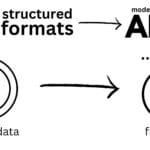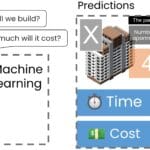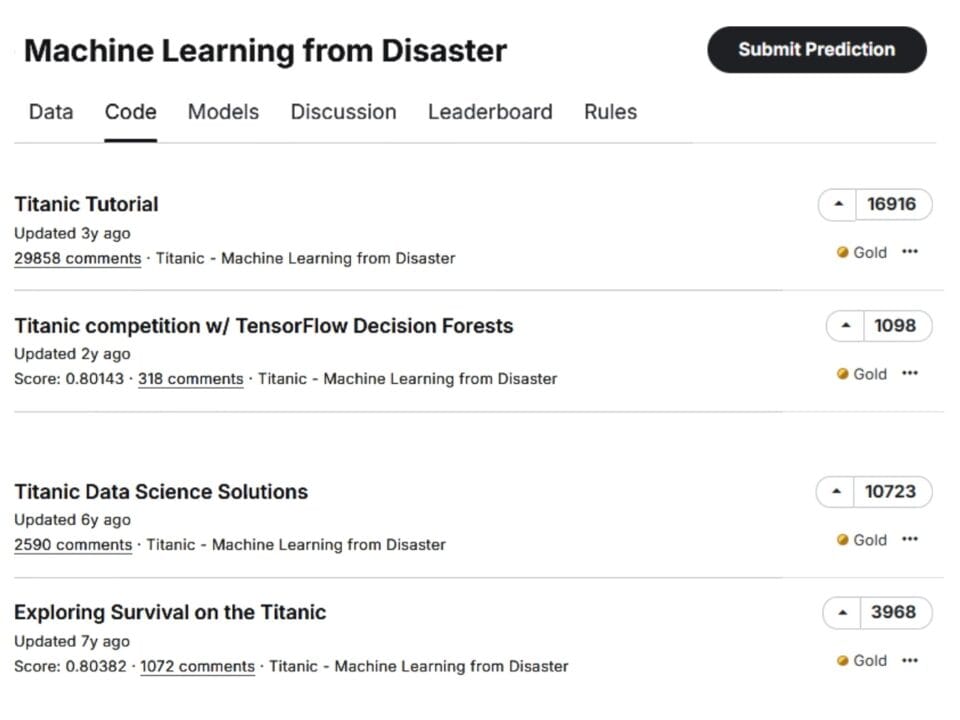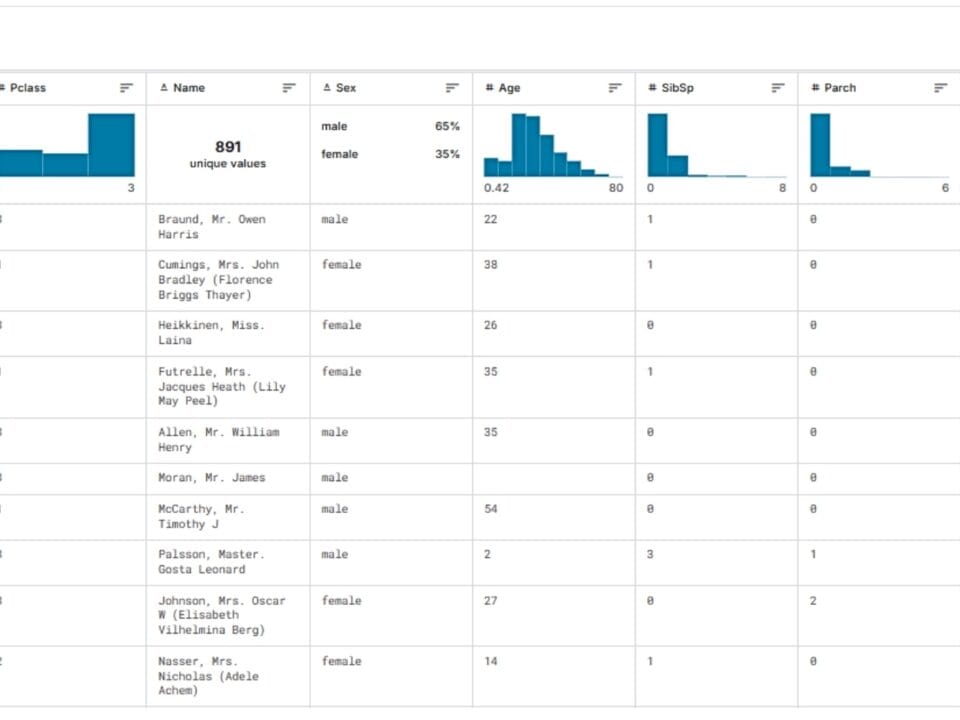Machine learning is not magic, it’s just math, data and finding patterns. It has no real intelligence, but is a program trained on data to recognize patterns and make decisions without constant human involvement.
Machine learning uses a number of key concepts to describe its structure (Fig. 9.2-16):
- Labels are target variables or attributes (the “Survivor” parameter in the Titanic dataset) that the model should predict. Example: construction cost (e.g., in dollars), duration of construction work (e.g., in months).
- Features are independent variables or attributes that serve as inputs to the model. In a forecasting model, they are used to predict labels. Examples: plot area (in square meters), number of floors of a building, total floor area of a building (in square meters), geographic location (latitude and longitude), type of materials used in construction. The number of characteristics also determines the dimensionality of the data.
- A model is a set of different hypotheses, one of which approximates the target function to be predicted or approximated. Example: machine learning model, which uses regression analysis techniques to predict the cost and timing of construction.
- Learning Algorithm Learning Algorithm is the process of finding the best hypothesis in a model that exactly matches the target function using a set of training data. Example: A linear regression, KNN or random forest algorithm that analyzes cost and construction time data to identify relationships and patterns.
- Training – During the training process, the algorithm analyzes the training data, finding patterns that correspond to the relationship between input attributes and target labels. The result of this process is a trained machine learning model, ready for prediction. Example: a process in which an algorithm analyzes historical construction data (cost, time, facility characteristics) to create a predictive model.
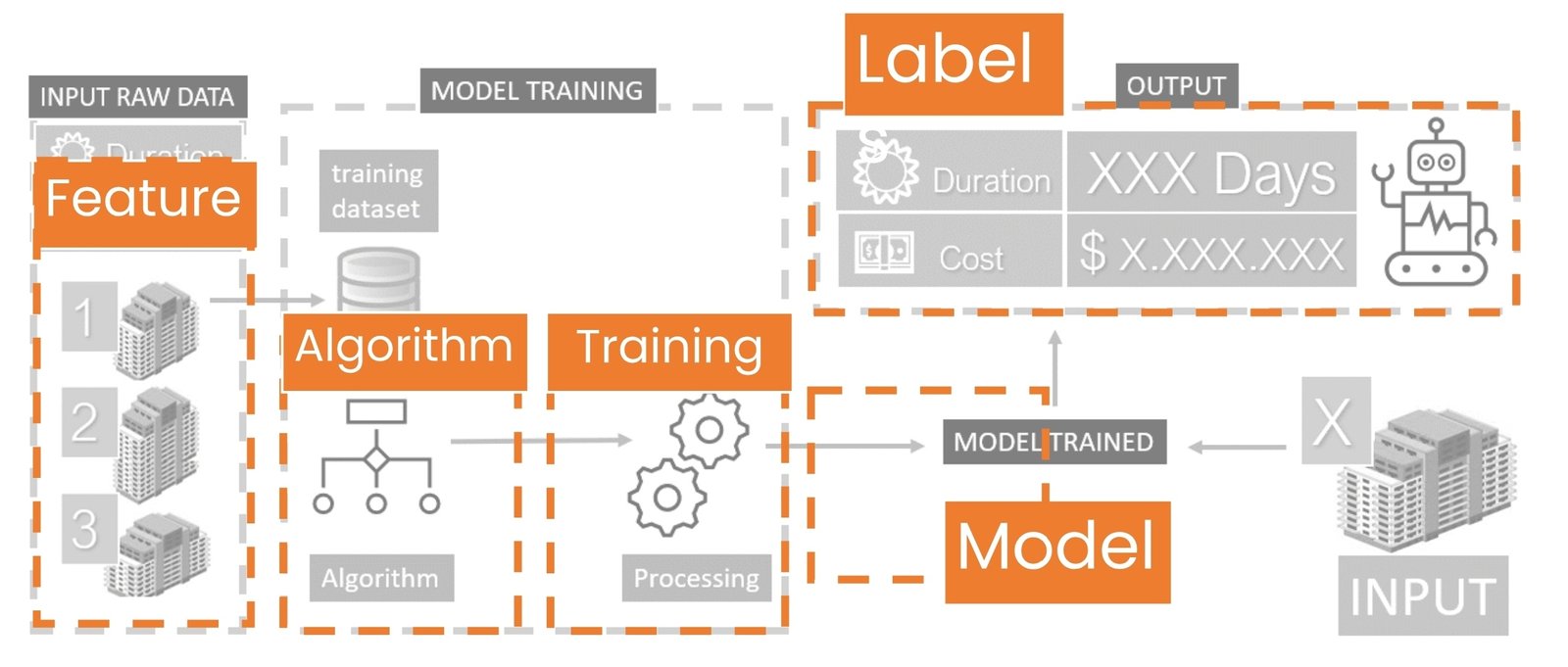
Machine learning does not exist in isolation, but is part of a broader ecosystem of analytical disciplines including statistics, databases, data mining, pattern recognition, big data analytics, and artificial intelligence. Fig. 9.2-17 demonstrates how these fields overlap and complement each other, providing a comprehensive framework for modern decision-making and automation systems.
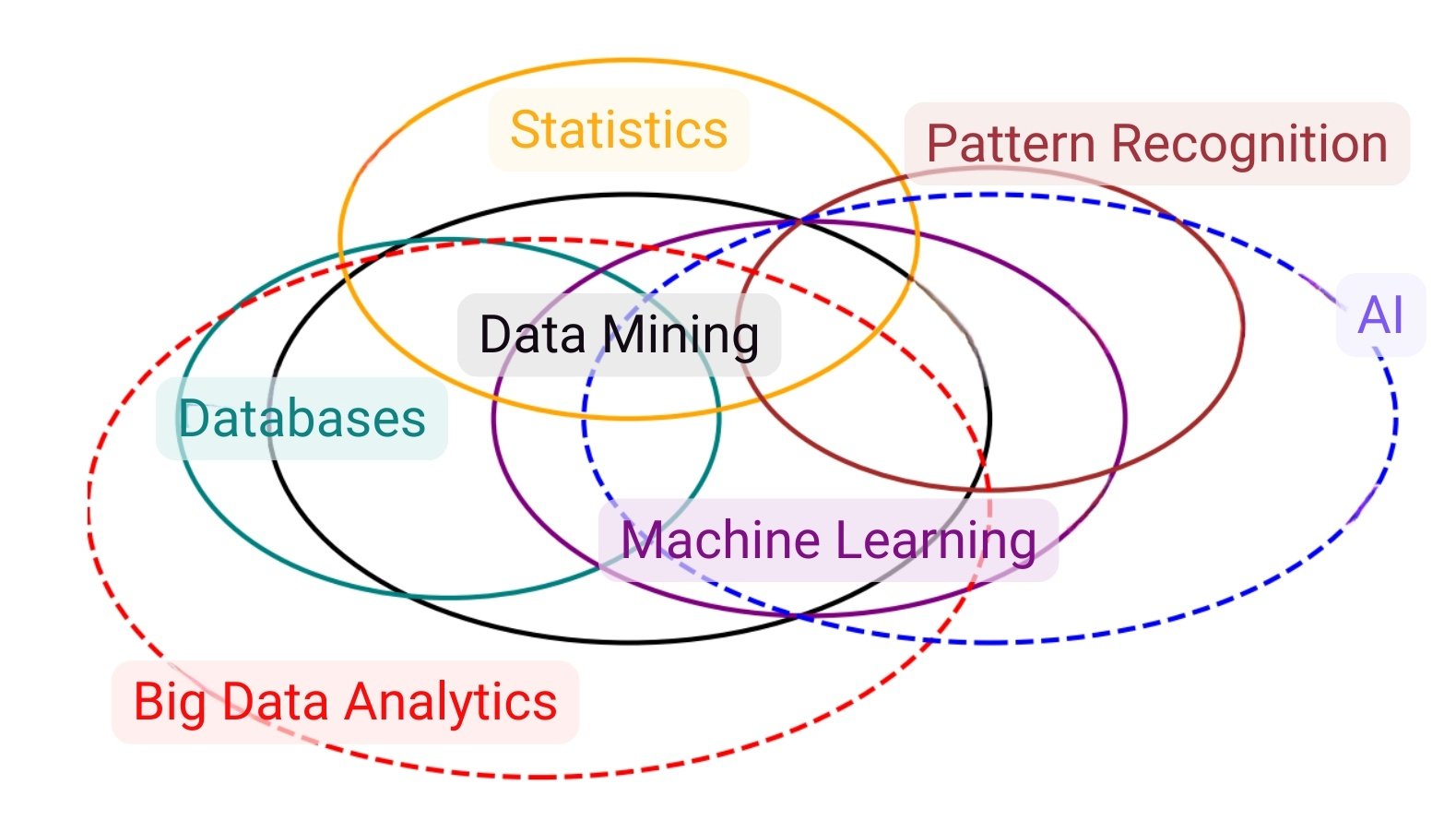
The main goal of machine learning is to endow computers with the ability to automatically learn knowledge without human intervention or assistance and adjust their actions accordingly (П. Domingos, “A few useful things to know about machine learning,” 2024).
Thus, in the future, the human’s role will only be to provide the machine with cognitive capabilities – they will set the conditions, weights and parameters, and the machine learning model will do the rest.
In the next chapter we will consider concrete examples of algorithm application. Real tables and simplified models will be used to show how the forecast is built step by step.

